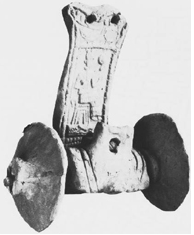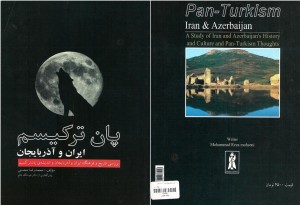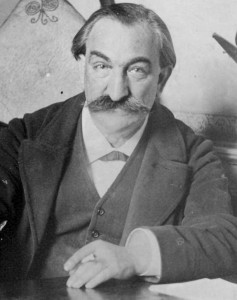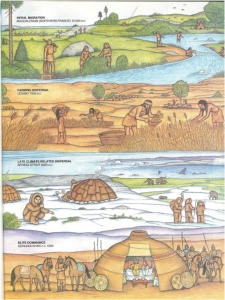I would like to take this opportunity to introduce readers to a new book entitled “Pan-Turkism: Iran and Azarbaijan” by Mohammad-Reza Mohseni (with the foreword by Dr. Houshang Tale):
The book begins with a concise and informative overview of the philosophies of pan-Turkism. The author outlines how pan-Turkist philosophers engage in the following processes: It must be noted however that the originators of pan-Turkism were not of Turkish nationality. These were almost wholly of European origins, dating to the 19th century. David Leon Cahun (1841-1900) proposed that the Turks were a superior race or more specifically “supermen”. The notion of racial superiority is an alien concept among the Turks who have always been (and remain) warm, open, friendly and hospitable to all who visit or settle in Turkey. Racism has never existed among Turks or Turkic-speakers – the importation of this concept can be traced to European thinkers such as Leon Cahun, Count Helmuth Von Moltke (1800-1891), Arminius (Hermann) Vambery (1832-1913), Konstanty Borzecki (1826-1876) and Elias John Wilkinson Gibb (1857-1901). Cahun placed a heavy emphasis on distancing Turkic peoples from Persianate civilization and Iranian peoples. A whole series of ancient languages and civilizations have been labelled by pan-Turks as “Turkic”, including Sumeria, the Elamo-Dravidian civilization, and even Etruscan (pre-Roman) Italy. With the exception of pan-Turkist activists, the Republic of Azerbaijan (thus named from 1918) and the Turkish Republic, these theses have failed to gain scientific and academic recognition at the international level. Mohseni’s book tabulates the claims of pan-Turks against Iranian Azarbaijan. The author then places these claims under scholarly scrutiny. A common pan-Turkist fallacy for example, is that since modern-day Azaris speak a Turkic language, they then must be Turks by race. Genetic studies have failed to show Iranian Azaris as being genetically related to Central Asian Turkic peoples. These same studies have in fact shown Azaris to be genetically related to other Iranian peoples such as Kurds, Persians, Lurs, etc. For more on these studies consult: [Click photos to Enlarge] American actor Samuel B. Jackson (left) and New Zealand-born director Peter Jackson. Both men share the name “Jackson”, as well as the English language. Being an Anglophone and having an English name does not mean that one is Anglo-Saxon by race. In that case, the entire Black, Asian, Hispanic, and Amerindian population of the United States and Canada are Anglo-Saxons! Likewise, being a Turcophone does not mean that one is Turkish or Turkic by race. National identity is based on a number of domains, only one of which is defined by language. Nevertheless, this simplistic logic (language = race) is being used by pan-Turkist activists, politicians, and lobbyists to attack the Iranian heritage of the people of Azarbaijan and Iran in general. Iranian Azaris and those of the modern-day Republic of Azerbaijan were linguistically Turkified by conquering Turkic-speaking rulers, a process explained in detail by Mohseni. Mohseni’s book is an important academic work on the study of pan-Turkist ideology. As noted previously in this book review, pan-Turkism never originated in Turkey or among the Turks – it is essentially a philosophy of European origins. For more on this little known topic consult: Ideology, Founders and Objectives of Pan-Turkism Ancient Sumerian wheel and axle. The Sumerians are one of the progenitor peoples of civilization with inventions such as the wheel-axle. Pan-Turk activists claim that the ancient Sumerians spoke a dialect of Turkish and that they were Turks. Linguistic and archaeological studies by international scholarship fails to verify pan-Turkist claims.
Ancient Sumerian wheel and axle. The Sumerians are one of the progenitor peoples of civilization with inventions such as the wheel-axle. Pan-Turk activists claim that the ancient Sumerians spoke a dialect of Turkish and that they were Turks. Linguistic and archaeological studies by international scholarship fails to verify pan-Turkist claims.







